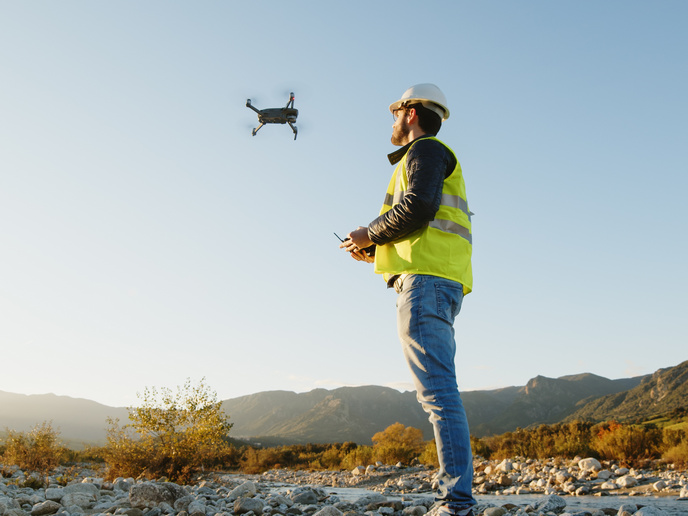
© francescosgura/stock.adobe.com
Ensuring reliable, unimpeded access to important raw materials is a growing concern within the EU. Recent events, from the COVID-19 pandemic to the Russian invasion of Ukraine, underline the vulnerability of certain EU supply chains to disruptions as well as their excessive dependence on third countries.
To monitor and address this challenge, the European Commission established a list of critical raw materials (CRMs), reflecting their importance to the EU economy and the high risk associated with their supply. The latest list, which was drawn up in 2023, also includes a subgroup of 16 so-called strategic raw materials of strategic importance, forecasted demand growth and difficulty of increasing production.
Securing access
These materials provide a sound industrial base for the EU economy, enabling it to create products and applications used both in daily life and in modern technologies. Spanning sectors as diverse as electronics, renewable energy, healthcare, transportation and defence, CRMs underpin EU prosperity and security.
The recent Critical Raw Materials Act – CRMA(opens in new window) will help secure EU autonomy and support the transition to a greener, climate-neutral(opens in new window) future by strengthening the European raw materials value chain.
The value chain of raw materials starts with geological exploration, with discoveries of new deposits and subsequent geological data gathering and development to better understand the deposit and assess its economic potential.
Sustainable solutions
This Pack features seven projects funded under the EU’s Horizon Europe research programme that contribute to the sustainable discovery of mineral deposits while raising public awareness of the role played by modern mining technologies in a green and digital future. Technologies developed under these projects can provide a contribution to geological exploration in the EU, particularly to the national exploration programmes under the CRMA.
Project partners developed new, non-invasive methods for mineral exploration and site monitoring across a range of geological settings, using Earth observation and mapping, machine learning and advanced data processing algorithms to identify mineral deposits containing CRMs.
The EIS project combined artificial intelligence and machine learning with new geomodels and spatial analysis tools to reduce exploration costs and improve the accuracy of mineral exploration.
SEMACRET developed machine learning-based 3D mineral prospectivity modelling and resource modelling to identify nickel-copper sulfide deposits using a mineral systems approach.
CRM-geothermal mapped a range of CRMs found in geothermal brines in Europe and East Africa to enable their sustainable extraction.
AGEMERA worked with local communities to conduct non-invasive geological and geophysical surveys based on passive seismic methods, drone-based systems and muography.
Earth observation (EO) technologies can transform the mining industry by making operations more efficient, using less energy and reducing environmental impact. Therefore, S34I developed innovative EO data analysis for accurate, sustainable mineral exploration.
Meanwhile, m4mining used hyperspectral data from a drone to generate 3D surface models for identifying mineral compositions and tracking environmental changes in real time.
Finally, MultiMiner developed new data processing algorithms to unlock the potential of EO technology for mineral exploration and the monitoring of mine sites.